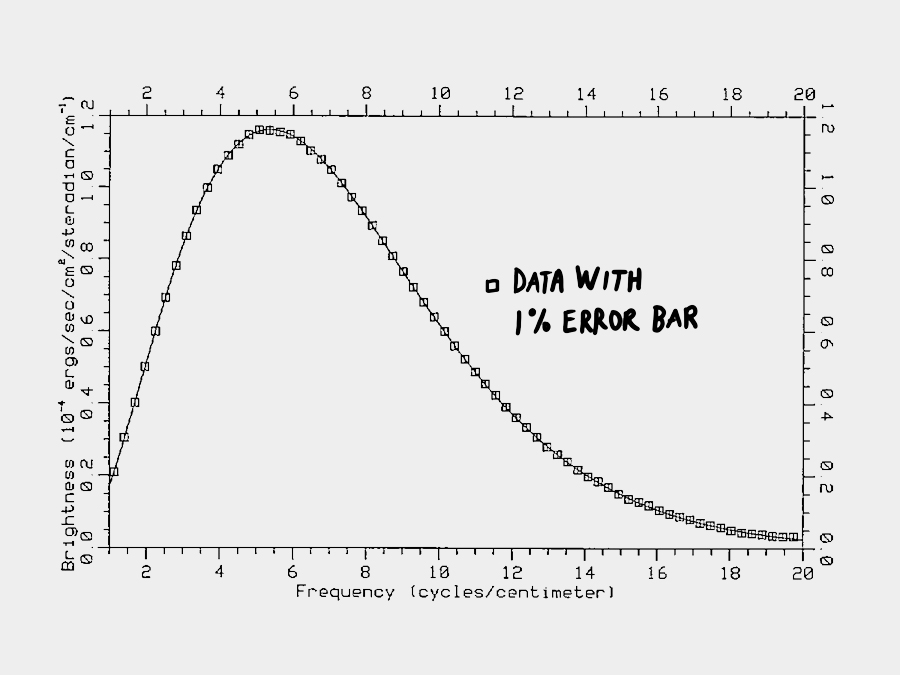On November 18, 1989, NASA launched the Cosmic Background Explorer (COBE) satellite to measure the microwave radiation across the sky. The first results arrived quickly. Based on a mere nine minutes of observing data, one of the COBE instruments produced the detailed "blackbody" spectrum predicted by cosmologists, reinforcing the validity of the big-bang theory.
NASA's John Mather led the team of scientists working on the instrument on board of COBE that measured the microwave spectrum. He presented this chart in January 1990, at a meeting of the American Astronomical Society, receiving a standing ovation. The result ushered in a new era of precision cosmological measurements, and Mather received the 2006 Nobel Prize in Physics.
George Smoot, of the US Department of Energy's Lawrence Berkeley National Laboratory, is the co-recipient of the 2006 Nobel Prize. He led the collaboration operating the second main instrument on COBE, which measured tiny fluctuations in the cosmic microwave background spectrum coming from different directions, just as has been predicted by theory.








